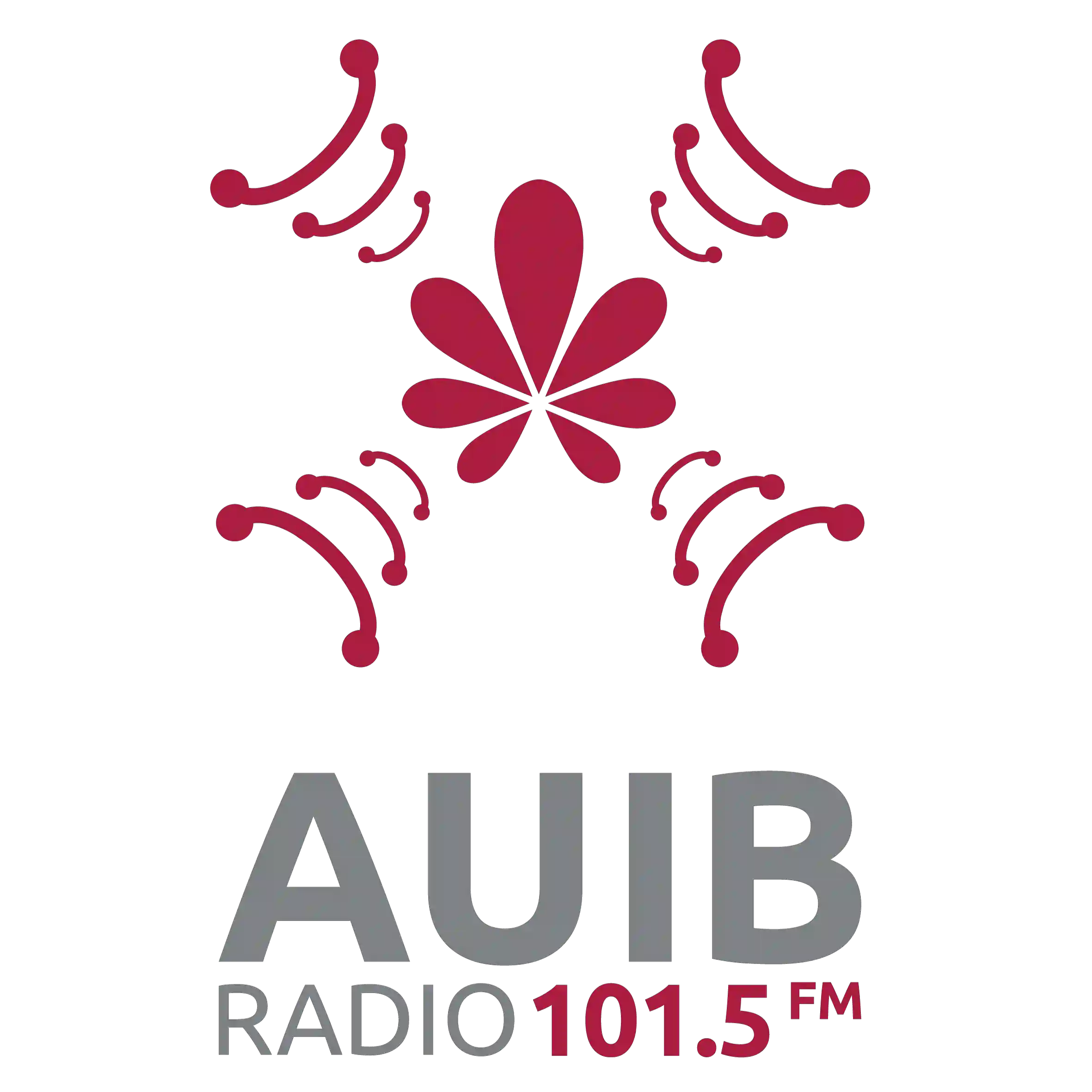

.jpg)
Recently, a photographer shared images documenting the use of virtual reality (VR) technology on a local farm to improve the health and weight gain of young cows and calves. The photos, showing the animals wearing VR headsets, were accompanied by a caption explaining that the farm is using this technology to enhance the animals' well-being. The cows and calves are exposed to calming classical music while viewing green pastures, which aims to improve their mental state and promote weight gain, ultimately enhancing the quality of the meat.
This initiative is part of a growing trend to incorporate advanced technologies to improve animal living conditions. The concept of using VR to boost animal welfare first emerged in 2014, when Austin Stewart developed a program for a poultry producer, using VR headsets to trick chickens into thinking they were freely roaming, thus improving their living conditions.
In 2020, Russia’s Ministry of Agriculture and Food announced the use of VR headsets on a dairy farm near Moscow, "Rus Moloko," where cows were equipped with VR goggles to help them relax and increase milk production. Reports indicated a decrease in anxiety levels among the cows and an overall improvement in the herd’s mood, which contributed to higher milk yields.
In Turkey, a farmer also adopted VR technology to increase milk production. By using VR headsets to simulate vast green pastures, the farmer improved the cows' mental health, leading to a notable boost in milk output. Farmer Izzet Kocak reported that the average milk production per cow increased from 22 liters per day to 27 liters after introducing the smart glasses.
These innovations are paving the way for new methods to improve animal welfare and boost agricultural productivity, benefiting both farmers and consumers alike.